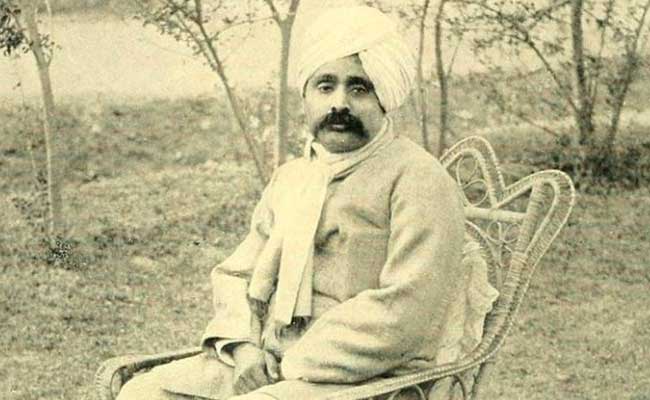The Evolution of Nudity in Art: Nudity has been a persistent and provocative subject throughout the history of art. From the serene marble statues of ancient Greece to the raw, unadorned expressions of the contemporary era, the human form has served as both a medium and a message. The evolution of nudity in art reflects broader shifts in cultural values, religious beliefs, political movements, and individual freedom. This article explores how representations of the nude have changed over time and what these changes reveal about society.
Classical Antiquity: The Evolution of Nudity in Art as Ideal Beauty
In ancient civilizations such as Greece and Rome, nudity often symbolized purity, heroism, and divine perfection. Greek sculptors such as Phidias and Praxiteles created idealized representations of the human body—flawless, balanced, and harmonious. These works were not simply aesthetic but philosophical, based on the belief that beauty reflected moral and intellectual virtues.
Male nudity was particularly celebrated, seen in heroic statues such as the discobolus (discus thrower) or the doryphoros (spear-bearer). Female nudity, although less common, also gained popularity with works such as the Aphrodite of Kido – one of the first vivid representations of the naked female body, which shocked and fascinated its viewers.
Middle Ages: Nudity and Shame
With the rise of Christianity in the Middle Ages, the concept of nudity in art took a sharp turn. The body became associated with sin, temptation, and the fall of man. Artists rarely depicted the nude, and when they did, it was often in biblical scenes such as the expulsion of Adam and Eve from Eden – always shown with an expression of shame and often partially covered.
This period reflects the Church’s control over cultural narratives, in which the body was hidden and moralized, not celebrated.

Renaissance: Rediscovery and Rebirth
The Renaissance marked the rebirth of classical ideals and a renewed interest in the nude form. Inspired by ancient Greek and Roman art, Renaissance artists such as Michelangelo, Leonardo da Vinci, and Botticelli reintroduced nudity into Western art – but now with greater anatomical precision and philosophical depth.
Michelangelo’s David is perhaps the epitome of Renaissance nudity – an embodiment of human power, beauty, and divine proportion. Nudity during this period was often contextualized within mythological or religious contexts, but it was no longer seen simply from the perspective of sin; it became a celebration of human potential.
Baroque to Romanticism: Emotion, Sensuality, and Narrative
As art entered the Baroque and Romantic periods, nudity became more dynamic, emotional, and sometimes overtly sensual. Artists like Rubens embraced full-bodied figures in dramatic, dramatic settings, while others like Goya used nudity to challenge social norms (The Nude Maza).
During Romanticism, nudity became a vehicle for exploring human vulnerability, emotion, and sublimity. The lines between beauty, desire, and the taboo became increasingly blurred.

Modernism: The Deconstruction of Form
The modern era broke the classical mold of the nude. No longer bound by realism or idealization, artists began to explore the naked body through abstraction, distortion, and symbolism. Picasso’s Les Demoiselles d’Avignon was a radical departure—angular, contradictory, and devoid of traditional beauty standards.
In the 20th century, artists such as Egon Schiele, Francis Bacon, and Lucian Freud used nudity to express psychological intensity, existential anxiety, and raw physicality. Nudity was no longer a symbol of the divine or ideal—it became deeply human, flawed, and revealing.
Contemporary Art: Nudity as Identity and Commentary
In contemporary art, nudity transcends aesthetic or symbolic purposes—it is political, performative, and deeply personal. Artists such as Jenny Saville, Robert Mapplethorpe, and Cindy Sherman challenge gender norms, body politics, and social taboos through their work.
Nudity today addresses a wide range of issues: feminism, sexuality, race, body positivity, and transgression. The naked body has become a platform for dialogue, resistance, and redefinition.
Installation, photography, performance art, and digital media have expanded how nudity is represented and interpreted. What was once sacred or shameful is now complex and multifaceted.
The evolution of nudity in art is, at its core, a reflection of the evolution of humanity. It reveals how societies perceive themselves, their ideals, their fears, and their freedom. From the divine to the rebellious, the human form constantly captivates and challenges us, inviting us to reflect on what it means to see, to be vulnerable, and ultimately to be human.
Read Also: Top Beaches in India for Solitude and Spiritual Freedom
![]()






3 thoughts on “The Evolution of Nudity in Art: From Classical to Contemporary”